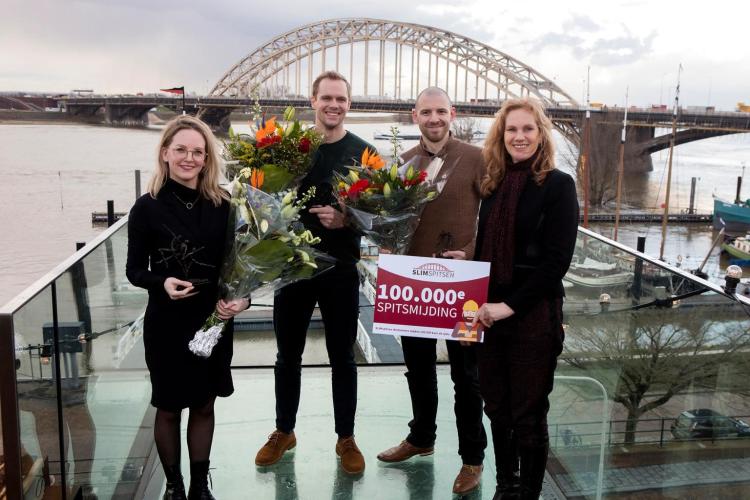Behavioural change campaign encouraging the use of the cycle highway

The Challenge
After 80 years, the Waal bridge near Nijmegen was in need of major maintenance. A lot of traffic disruption was expected during the works which would take 1.5 years to complete. Therefore, the SLIMspitsen scheme was started to maintain accessibility and mitigate the impact of the works whilst also seizing an opportunity to encourage behavioural change in peoples travel to work.
The idea was to incentivise people to:
- Choose an alternative mode to the car (e.g. public transport, (electric) bicycle);
- Work from home;
- Travel outside rush hour; or
- Take a different route.
In addition the aim was to achieve a structural / long-term change in behaviour among participants. The campaign targeted the following:
- Motorists using the Waal crossings;
- Motorists on the other main routes which would become more congested at the time of the work; and,
- Citizens via broad communication.
Nijmegen aims to be a social, accessible, economically viable and sustainable city and this scheme helped support that vision.




